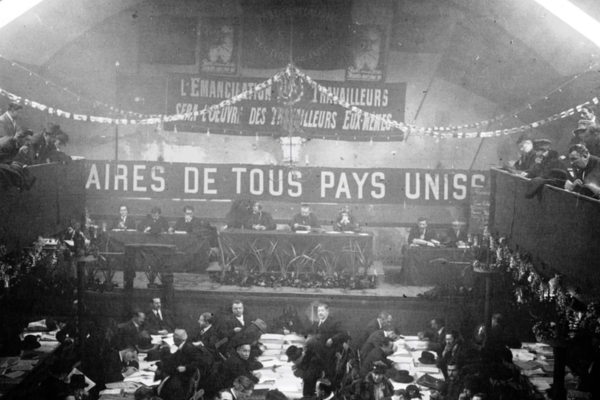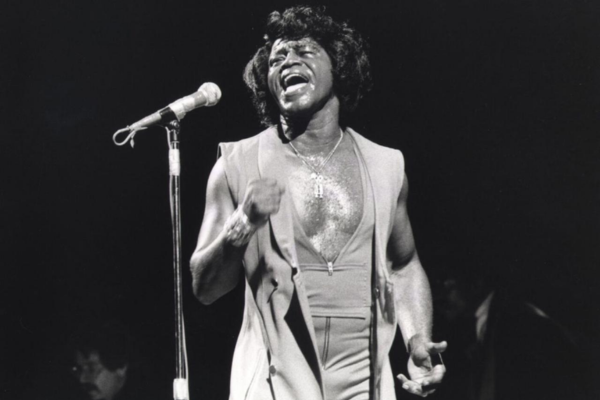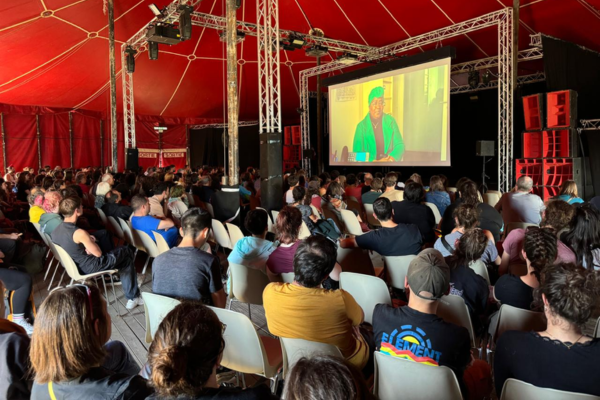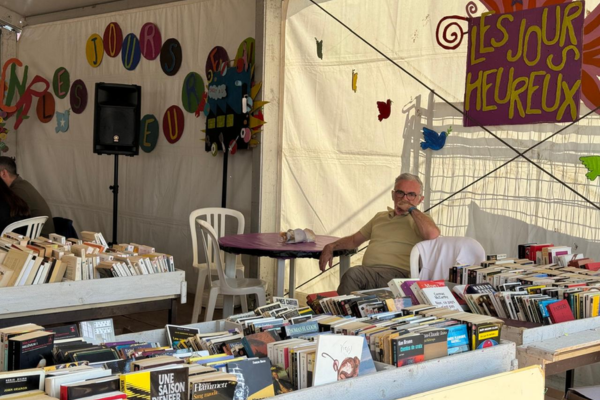
Published 09/19/2024 09:05
La Fête de l’Humanité is an annual festival organized by the French newspaper Humanityfounded by Jean Jaurès in 1904. The event has been taking place since 1930 and has roots deeply linked to the French left, especially the French Communist Party (PCF). Traditionally held in September, the Fête has taken place in several locations around Paris and brings together thousands of people. Today it is the largest festival held in France and is estimated to attract almost half a million people.
Origin and historical significance
The first edition of the Fête de l’Humanité took place in 1930. Initially, the event aimed to raise funds to support the newspaper Humanitythe official communication organ of the PCF. However, over the years, the event has taken on broader cultural, political and social proportions, becoming a symbol of resistance and solidarity between the working class and the French left in general.

During the years of World War II, the festival was suspended, but returned in 1945, with the liberation of France. Since then, it has established itself as one of the largest political and cultural celebration events in the country, welcoming not only political figures, but also artists, musicians and intellectuals.
Structure and programming
The Fête de l’Humanité is known for its varied programme. This includes the political debates that are a key part of the festival, where issues such as work, social justice, gender equality, ecology and human rights are discussed between leading figures from the French and international left.
Concerts and artistic performances are also very popular at the Festival. Over the years, La Fête de l’Humanité has become famous for its concerts featuring big names in French and international music. Artists and bands such as Manu Chao, The Clash, Renaud, James Brown, Pink Floyd, Joan Baez, The Who, Chuck Berry, among others, have performed on the festival’s stages.

In addition to music and politics, the festival is also a space for art. Various exhibitions of photography, cinema, theater, plastic and visual arts are set up, addressing social and political issues.
There is also the Village du Monde, which is the space that houses the international delegations present. A place of solidarity between peoples, it houses stands and pavilions dedicated to countries fighting against imperialism, colonialism and seeking national liberation, such as Palestine, Cuba, Vietnam, Western Sahara, Portugal, Lebanon and many others.
Transformations over time
Over the past few decades, La Fête de l’Humanité has undergone several transformations. While in its early years the event was most strongly associated with the French Communist Party, over time it has come to incorporate a wider range of social movements, reflecting changes within the French left itself. This has allowed the Fête de l’Humanité to remain relevant in an evolving political context.

Furthermore, the festival has grown significantly in terms of size and audience diversity. It now attracts hundreds of thousands of participants, including young people, trade unionists, environmentalists and activists for a variety of causes.
Importance today
The Fête de l’Humanité continues to play an important role in the political and cultural landscape of France and is a celebration of solidarity and hope for better and happier days. The PCF’s motto for the 2024 edition was: “Inventing the France of happy days”. In an era of political challenges, such as the rise of far-right populism and the crisis of global capitalism, the festival is a space where progressive forces can come together, debate and mobilize.

The Fête de l’Humanité is also a celebration of cultural resistance. At its core, it symbolizes the capacity for resistance and the fight for a more just and egalitarian world, while remaining true to its roots in the workers’ movement and progressive journalism. Since 2023, the Fête has been held over three days in a completely new location: the former 217 air base in Plessis-Pâté, in the heart of Essonne. As soon as you enter the gates of the Fête, you will experience hours and days of fellowship, art, literature, music, good food and a lot of solidarity.
Source: vermelho.org.br

